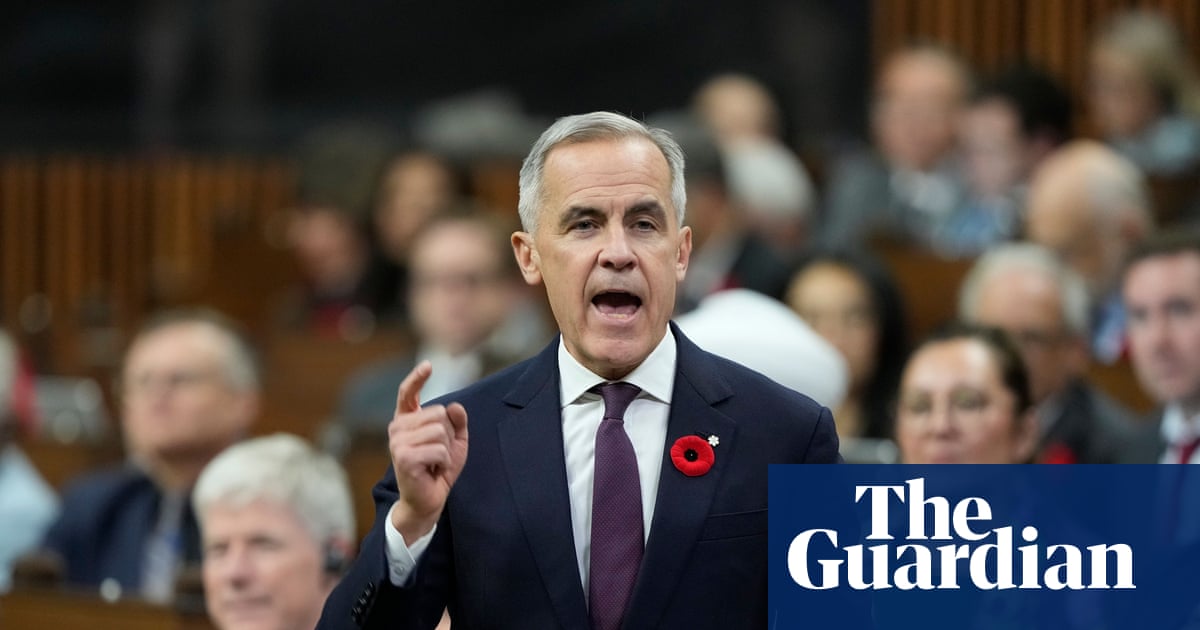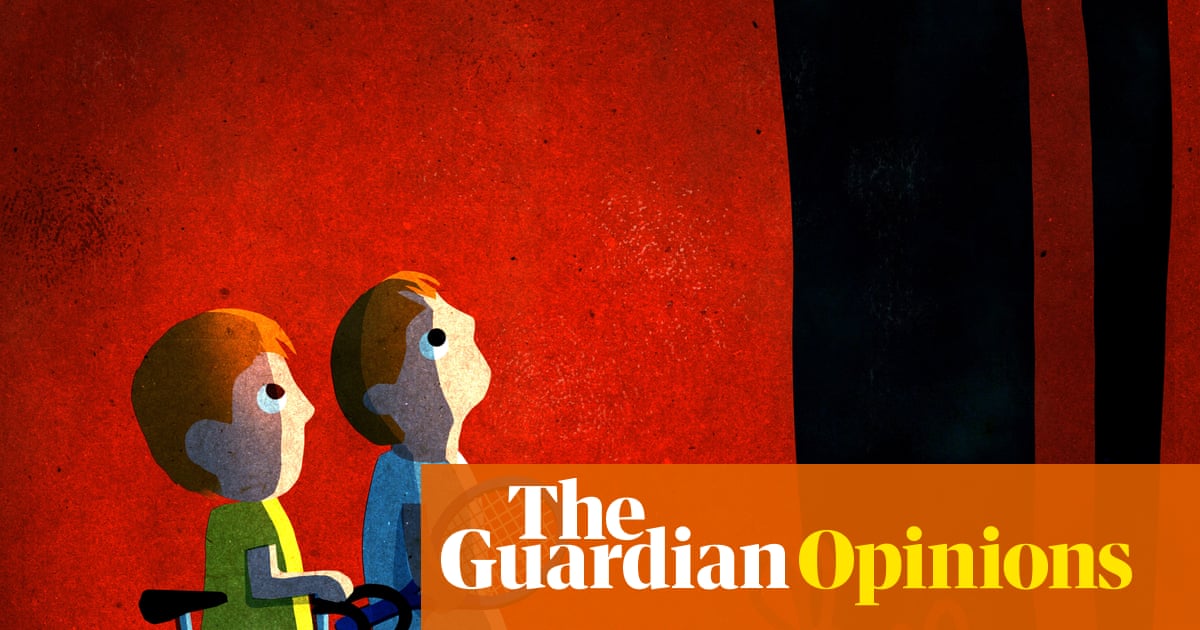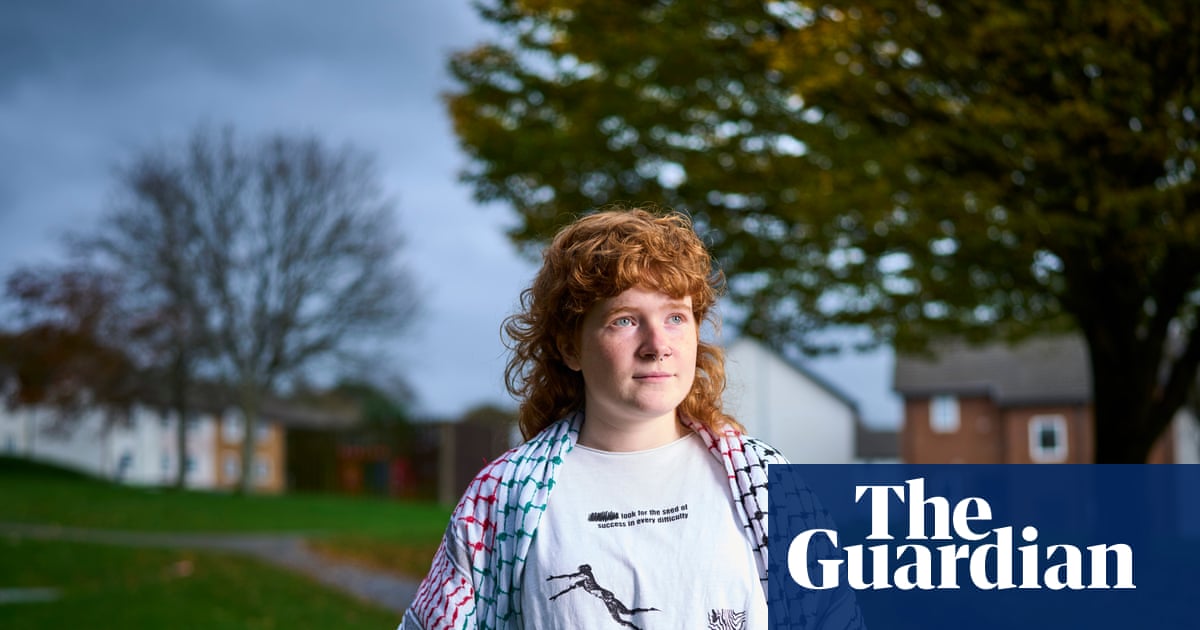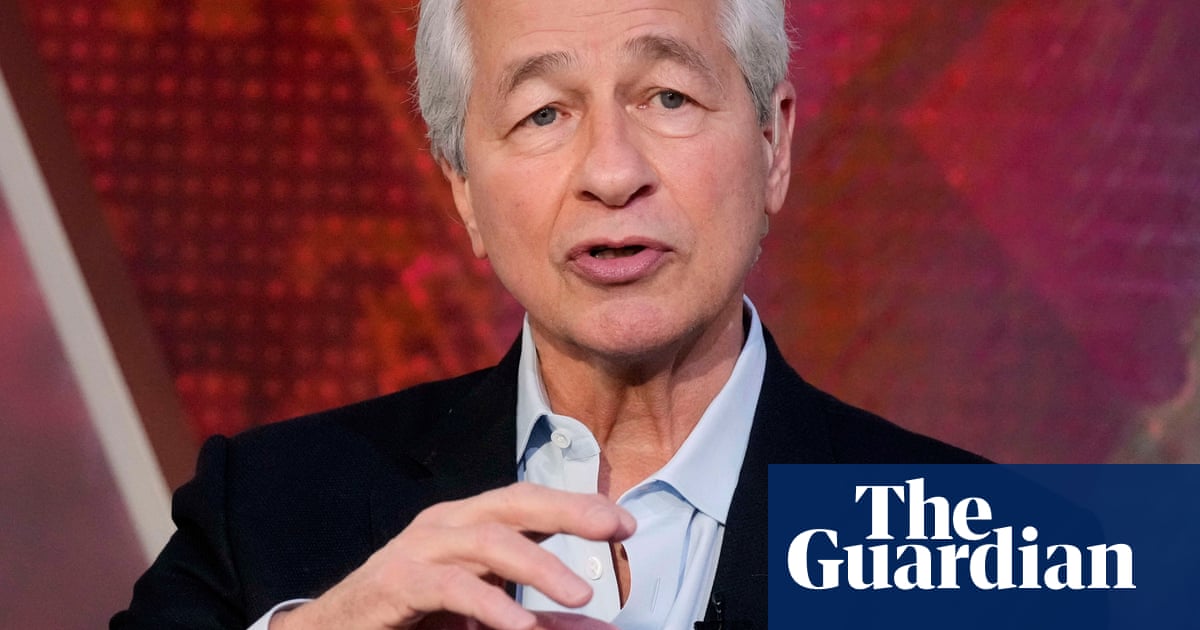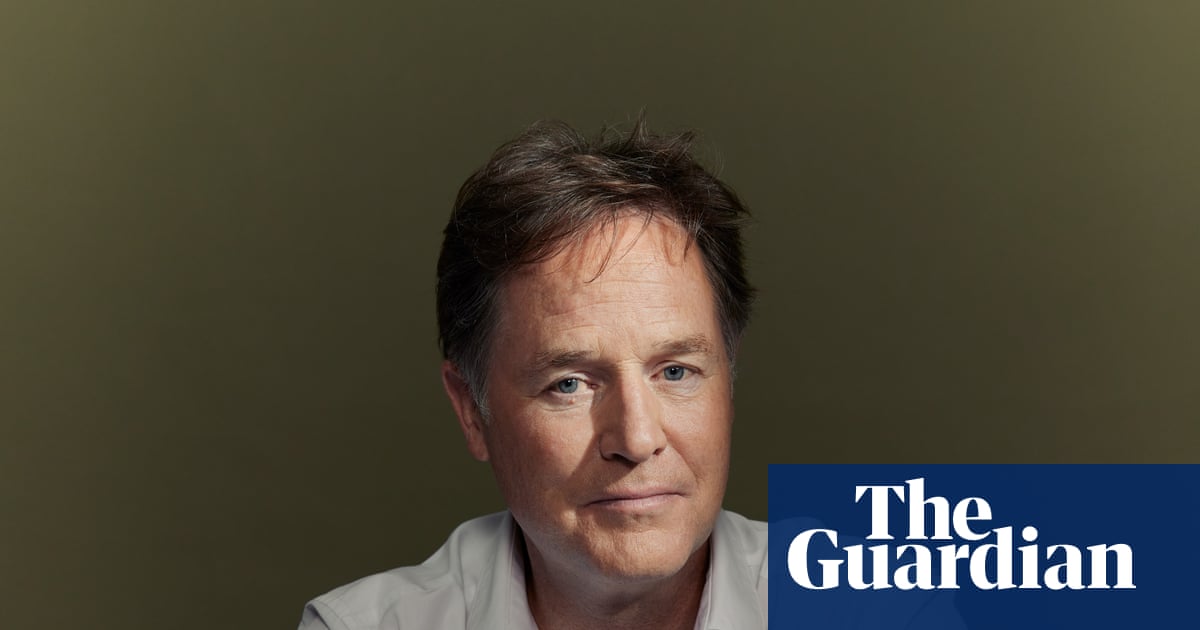In a gloomy state of the nation speech this week Rachel Reeves signalled that a rise in income tax could be on the cards in this month’s budget.
Labour had promised in its election manifesto not to increase the levy (or the other two “big three” taxes – national insurance and VAT), but the chancellor appears to be preparing the ground for an almighty U-turn to fill a bigger-than-expected £30bn hole in the public finances.
So if Reeves does take the plunge, how could she go about it and what would each option mean for public and household finances?
1p increase in the 20p tax rate
Reeves’s coded comments that she had to “deal with the world as I find it, not the world as I might wish it to be” were interpreted by some as preparing the ground for the first rise in the basic rate of income tax in 50 years.
It could certainly be a lucrative move. Income tax is a “big hitter” that makes up more than a quarter of all tax that is collected, says Sarah Coles, the head of personal finance at Hargreaves Lansdown.
In current financial year income tax will rake in £330.7bn, according to the Treasury’s independent forecaster, the Office for Budget Responsibility (OBR). This is about 27% of all receipts and equivalent to about £11,500 for each household.
An income tax rise “would be incredibly difficult politically” and “hit taxpayers hard, adding hundreds of pounds to their tax bill every year”, adds Coles.
The impact of any change, of course, depends on how much the taxpayer earns. They don’t pay tax on the first £12,570 they earn with the 20% basic rate applied on the portion of their income that falls between £12,571 and £50,270.
The higher 40% rate kicks in at £50,271 before ratcheting up to 45% above £125,140. (Note, Scotland’s income tax rates and thresholds are set by the Scottish parliament.)
“If government wanted to change income tax, the most straightforward option would be to add 1p to the basic rate of tax, increasing it from 20% to 21%,” says Laura Suter, the director of personal finance at AJ Bell. “That would cost taxpayers up to £377 a year in extra tax, with anyone earning £50,270 or more facing the maximum hit.”
Each year HM Revenue and Customs (HMRC) models the impact of upping income tax and its sums show adding 1p to the basic rate would raise an extra £6.9bn in 2026/7 and a total £23.4bn over the next three years.
For someone earning £35,000 a year, roughly the average income of a UK adult, an extra 1p on income tax would make their annual bill rise from £4,486 to £4,710 – an increase of £224.
1p on higher and additional rate tax
Reeves has made much of the government’s desire to get those with the “broadest shoulders” to pay more. But targeting taxpayers in these groups brings in a lot less cash.
Adding 1p on higher-rate income tax would generate an extra £1.6bn in 2026/7 and a total of £5.8bn over the next three years, according to the same HMRC data.
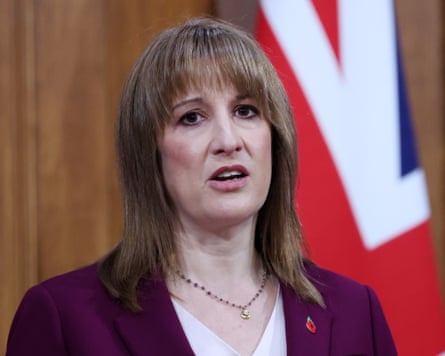
Putting 1p on the additional rate that kicks in at £125,140 raises even less – at £145m in 2026-27 and £640m over three years.
However, by targeting only higher earners the government could argue that the average earner has been shielded. “If you earned £35,000 a year, an extra 1p on higher-rate tax wouldn’t cost you anything,” says Coles. “The more you earn, the harder this hits, so if you earned £55,000, it would cost you an extra £47 a year and if you earned £75,000, it would cost you an extra £247.”
A rise across the board
This option is easy to understand and could be positioned as a straightforward change affecting everyone – “we all need to do our bit,” as Reeves put it – and hitting higher earners harder.
If an extra 1p was added at every level, someone earning £35,000 a year would see the same change as just a basic rate rise – at £224. Meanwhile if they earned £55,000, it would cost them an extra £424 and if they earn £75,000, it adds up to £624 more.
Increasing all rates of income tax by one percentage point would yield almost £11bn a year by 2029–30 with the bulk of that figure coming from basic rate taxpayers, according to the Institute for Fiscal Studies.
‘Two up two down’
A plan to increase income tax rates and lower national insurance rates by two percentage points is thought to be one of the frontrunners. It might sounds like robbing Peter to pay Paul but the switcheroo raises £6bn while protecting workers’ pay packets, according to the Resolution Foundation.
Doing it this way cancels out the income tax hit for employees but would push up the tax bills of pensioners, landlords and savers.
On Friday the Times reported that Reeves was considering limiting the national insurance cut to basic rate taxpayers (earning up to £50,270) to ensure that those with the “broadest shoulders” bore the biggest burden.

For the average worker earning £35,000 this policy would not change how much tax they pay, but a retiree with the same level of income would see their annual tax bill rise by £449 to £4,935.
Tom Selby, the director of public policy at AJ Bell, says doing it this way means Reeves could still “claim to be protecting the pay packets of ‘working people’”. However, he says: “This would not be the case for retirees. Someone with a taxable retirement income of £35,000 would face a tax hike of almost £450, while a pensioner with an income of £65,000 would be stung with a tax increase of more than £1,000.”
“While hitting pensioners in the pocket will clearly be unpopular – particularly in the wake of the winter fuel payment fiasco - it may be viewed as the least bad option,” adds Selby.
Extend the freeze on tax thresholds by another two years
Traditionally personal tax thresholds are adjusted to keep pace with inflation; however, they have been frozen in cash terms since 2022.
The policy results in what economists call “fiscal drag”, a term that describes the stealthy process of dragging more Britons into paying income tax and pushing others into a higher tax band when they get a pay rise.
The freeze, introduced by Rishi Sunak as chancellor, is supposed to end in 2028 but some experts think Reeves will extend it until 2030.
“It’s taxation by stealth: the rates stay the same, but a bigger slice of your pay disappears into the taxman’s coffers,” says Ade Babatunde, the senior financial planning director at the wealth manager Rathbones.
If the freeze runs on until 2030, someone earning £35,000 in 2022 could pay £926 more tax over the eight years than if the thresholds had kept pace with inflation. For a £50,000 salary the figure is £4,632 and, at £80,000, its £5,635. On £100,000 the effect is just over £7,000. (The Rathbones calculations assume wage growth in line with OBR data and forecasts until 2029, and 2% inflation in 2030.)

.png) 5 hours ago
5
5 hours ago
5




